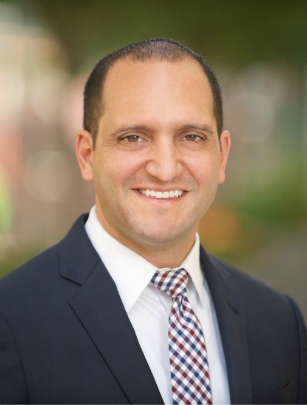Imagine this: you get a knock on the door and it's not the Girl Scouts selling cookies. Instead, it's a government official informing you that a distant relative you might not even remember has passed away and, drumroll please, you might be an heir!
This isn't exactly how fairytales unfold, but it's a scenario that plays out more often than you might think. Here's where things get interesting: proving you're the rightful heir often involves a trip to Surrogate's Court and a little something called a kinship hearing.
Enter the Public Administrator: Friend or Foe?![New York City Probate and Estate Administration Lawyer]()
Each county in New York has an official who fills the role of Public Administrator, kind of like an estate executor for folks who die without close relatives or someone to manage their affairs. The PA steps in and takes care of the deceased's property; then they search for heirs. Now, the PA does their best, but sometimes the family tree gets a little tangled. And it’s not the PA’s job to prove who the heirs are. That job falls on those who claim they’re entitled to the money (in Surrogate’s Court parlance, the “alleged” heirs).
The Accounting Caper: Who Gets the Dough?
Let's say your long-lost cousin passed away, leaving behind a prime apartment in Manhattan. The PA takes charge, but with no personal knowledge of the family, things get tricky. The PA petitions the Surrogate's Court to figure out who gets the inheritance. That's where you, the "alleged" heir, comes in.
Proving You're Not a Distant Stranger: The Kinship Conundrum
So, how do you convince the court you're not just some rando off the street? There are primarily two ways to prove kinship:
Paper Trail Power
Dust off those birth certificates and old family photos. Documents are key to connecting you to the deceased through a common ancestor, like your grandparents. Birth and death certificates. Marriage records. Census records. Often immigration and military records. Think of it as building an undeniable family tree.
Witness Wisdom
Sometimes, the best evidence comes from good old-fashioned storytelling. Family members, friends, or acquaintances who know the family history can add a personal touch to your claim. They can testify to help establish the family tree and show how you are related to the deceased.
Now, here's the twist: proving you're an heir isn't enough. You also need to show there aren't any closer relatives lurking out there. Witnesses can provide oral testimony, but often there is no one still living who has knowledge of the family. So, this can get a little detective-like and call for the research skills and testimony of an expert genealogist (think family history superheroes). And we can’t forget about the guardian ad litem, a person appointed by the Surrogate to ensure the alleged heirs prove their case.
The Kinship Hearing: Show Time!
This is your moment to shine. The hearing is where you present your evidence – the stack of documents, your trusty family witnesses, and the expert genealogist. A court referee presides, then reports to the Surrogate who makes the final call.
If everything goes swimmingly, the Surrogate will declare you the rightful heir and the PA will hand over what's rightfully yours. While the process can take a while (think years, not weeks), the potential reward can make it all worthwhile.
Remember, this is just a simplified overview. If you find yourself on the unexpected path to inheritance, consulting with an attorney is your best bet.



